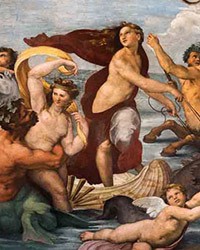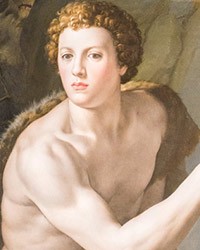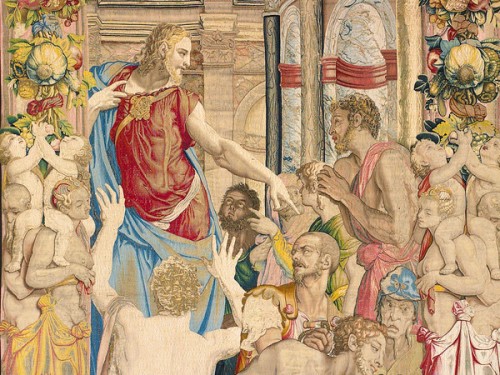
Bronzino and Pontormo (The Story of the Biblical Joseph), Sala del Bronzino, Palazzo del Quirinale
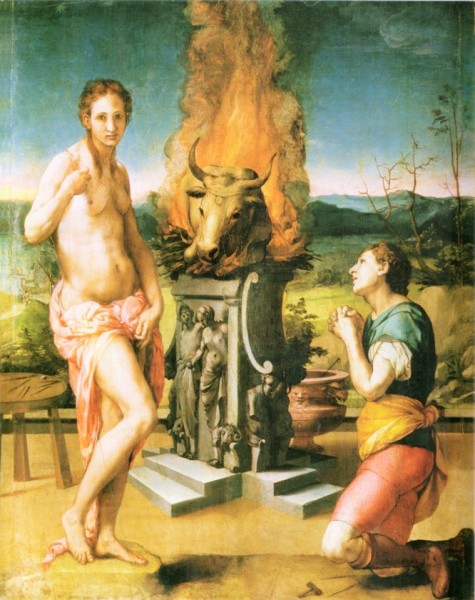
Bronzino, Galatea and Pygmalion (Uffizi, Florence), pic. Wikipedia
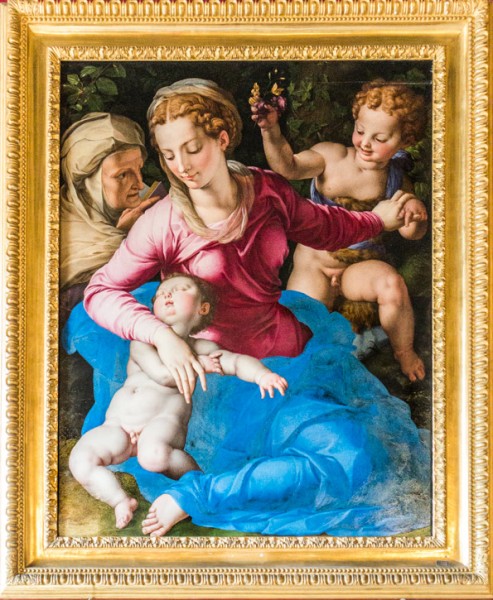
Bronzino, Madonna with Child, St. John the Baptist, and St. Anne, Galleria Colonna
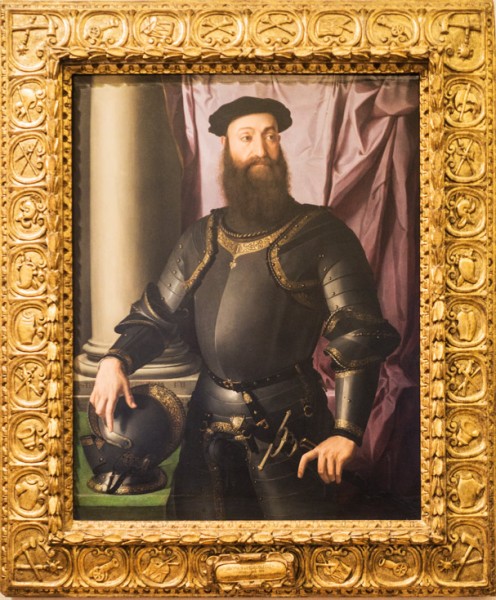
Bronzino, Portrait of Stefano Colonna, Galleria Nazionale d’Arte Antica, Palazzo Barberini
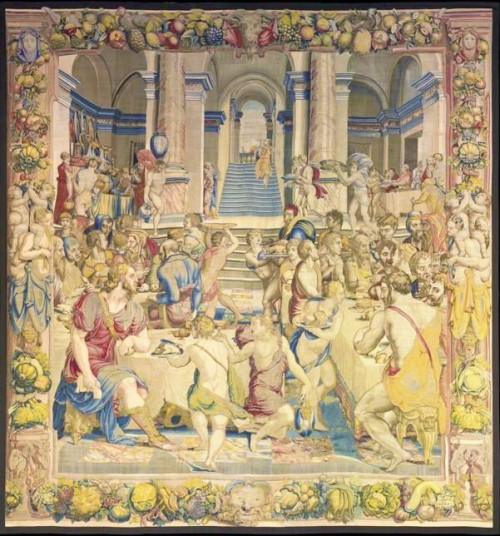
Bronzino and Pontormo (The Story of the Biblical Joseph), Sala del Bronzino, Palazzo del Quirinale
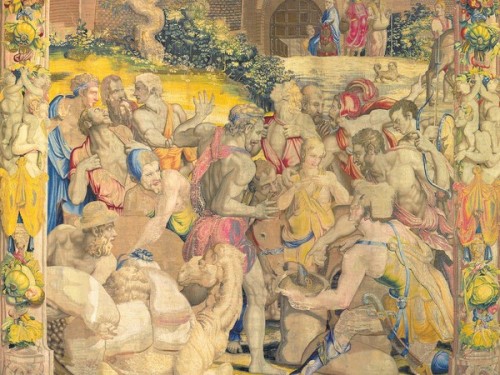
Bronzino and Pontormo (The Story of the Biblical Joseph), Sala del Bronzino, Palazzo del Quirinale
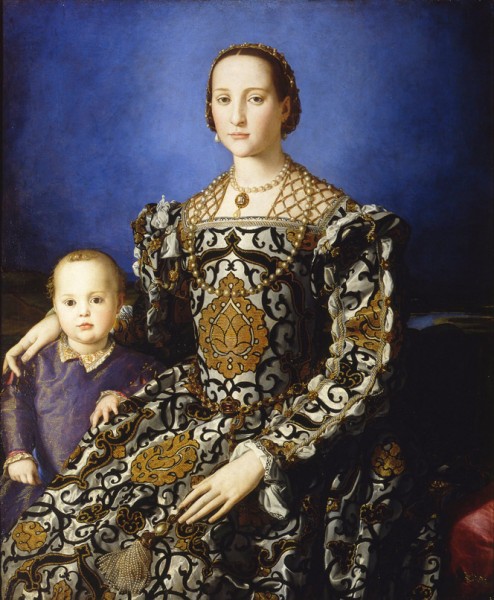
Bronzino, Eleonora of Toledo and Her Son Giovanni, (Uffizi, Florence), pic.Wikipedia
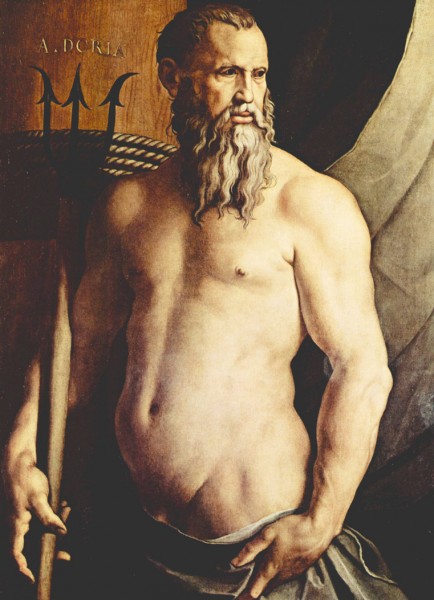
Bronzino, Andrea Doria as Neptune, Pinacoteca di Brera, Milan, pic. Wikipedia
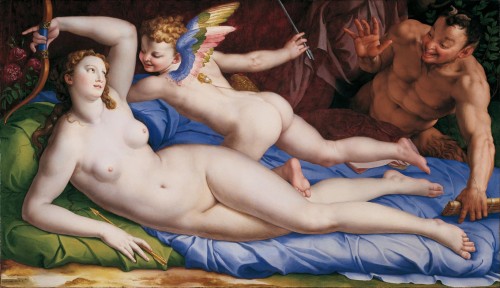
Bronzino, Venus, Cupid and the Satyr, Galleria Colonna
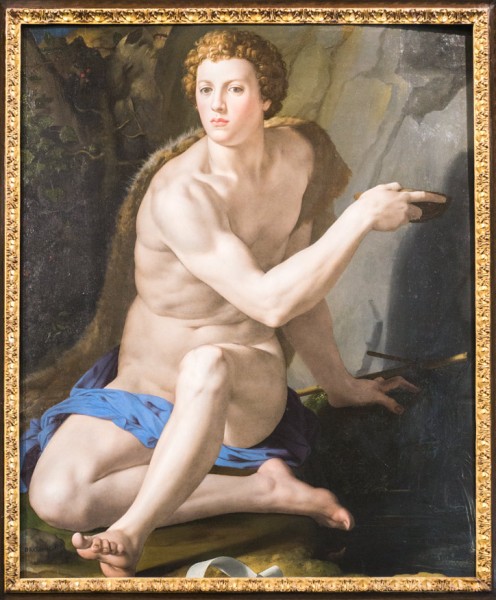
Bronzino, St. John the Baptist, Galleria Borghese
A painter, and at the same time a poet, he resided in Rome only a short time and in reality, we do not know what he did there. And despite the fact, that this chief representative of Mannerism and the court painter of the de ’Medici family did not leave the fruits of his labor in the city, the Roman museums keep several significant (obtained at a later date) works of his – surprising, seducing in their beauty and mysterious aura.
A painter, and at the same time a poet, he resided in Rome only a short time and in reality, we do not know what he did there. And despite the fact, that this chief representative of Mannerism and the court painter of the de ’Medici family did not leave the fruits of his labor in the city, the Roman museums keep several significant (obtained at a later date) works of his – surprising, seducing in their beauty and mysterious aura.
Bronzino – that was his nickname, which we cannot fully understand. Was it the color of his skin, hair, or perhaps something that in the then code of burlesque pertained to homosexual practices (Encyclopedia of Lesbian and Gay Histories and Cultures, London, 2000), we do not know.
Agnolo di Cosimo di Mariano Tori was a son of a Florentine butcher and as was customary in those times, as an eight-year-old boy he was sent to the workshop of the painter Raffaellino del Garbo, in order to, after five years, find himself in the workshop of just nine years his senior artist, Jacopo da Pontormo. They were connected by their work on frescoes in Florentine churches, and their mutual fascination with the works of Michelangelo, as well as a friendship that lasted until death and probably exceeded the boundaries of professional colleagueship. This can be testified to by a very interesting painting completed by Bronzino, depicting Galatea and Pygmalion (Uffizi, Florence); Pygmalion's face is reminiscent of Pontormo's face, while the face of Galatea – Bronzino's. Of course, this canvas can be interpreted as a sort of homage paid by the young painter to his master, who artistically shaped him. However, why did he choose such a method to pay a fiery homage (fire in the background of the scene), shall remain a mystery.
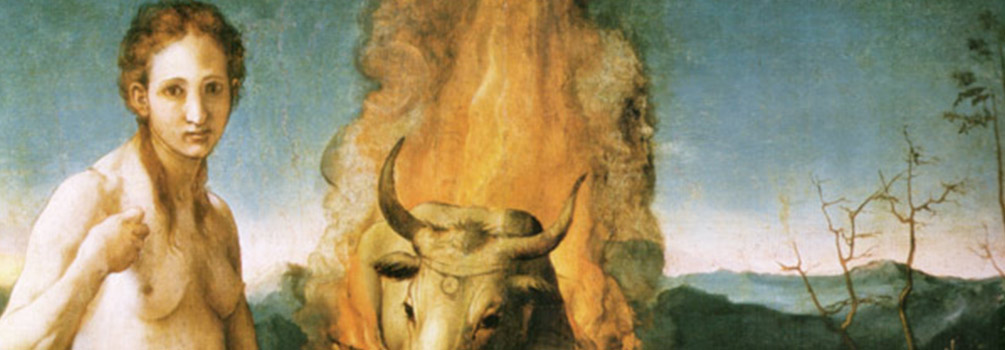
Bronzino was very slow in freeing himself from under the influence of Pontormo. His early works are a carbon copy of those painted by his teacher, one cannot tell them apart. However, gradually he developed his own, very elegant style, distinguished by its beauty and a kind of splendor. Perhaps a key role here was played by his trip to Pesaro (1530), to the della Rovere court, where the not-quite-thirty-year-old artist came face to face with exquisite courtly life and habits. This courtliness was captured by him in the portraits he painted, whose distinctiveness, visibly dominates over the desire to show any kind of emotional state of the models.
Soon recalled to Florence, Bronzino continued to collaborate with Pontormo, completing the decorations of de ‘Medici villas. He also displayed literary talent. Lest not forget that for decades Florence had been the cradle of literary and philosophical life, with the dynamically functioning Academy of Florence, which brought together scientists and intellectually awakened amateurs discussing the poetry of Petrarca or the issues of love in Plato’s philosophy. An acutely satirical, borderline burlesque trend became popular among writers. And such was the literary debut of Bronzino entitled Del pennello (1538), slightly ridiculing and absurd, filled with the ambiguity of the word pennello, which may mean both a penis and a paintbrush.
At the age of 37, the artist was honored by becoming the court painter of the de’ Medici family, for whom he created very sublime, emanating dignity and courtly distance portraits. Soon after (1546) he left for Rome. Perhaps the reason for this was his conflict with the Academy of Florence, from which he was expelled. Why? As chroniclers claim, due to his “non-conventional and disrespectful attitude”. He most likely used his stay in Rome, to see, Michelangelo’s Last Judgement, completed a few years prior. Perhaps he was also seeking new assistants to complete a cycle of cartons for the arrases devoted to the figure of the Old Testament Joseph, ordered by the Duke of Florence Cosimo. As luck would have it, ten of these tapestries can today be viewed in the city on the Tiber and they are next to the arrases created based on the cartons of Raphael (the story of SS. Paul and Peter) the greatest examples of this field of art in general. Perhaps also in Rome, Bronzino painted the Portrait of Condottiero Stefano Colonna.
Upon returning to Florence the artist created a cycle of incredible, allegoric, and mythological scenes devoted to the goddess Venus and Cupid, of which the only one preserved in Italy is found in Rome (Venus, Cupid, and the Satyr). However, he achieved the greatest success as a creator of portraits, often surprising and unusual, for example, the one created in the 1560s and dedicated to the son of Cosimo I – Giovanni, which is at the same time an image of St. John the Baptist (Saint John the Baptist).

When Bronzino died in 1572, his work in the complete sense of the word was continued by his adopted son and imitator, Alessandro Allori. The painter took him in as a five-year-old child, after the death of the boy’s father. Allori not only took on the name of his benefactor, and called himself "Secondo Bronzino" but also his way of painting, which can often lead to mistakes in the attribution of a painting.
Bronzino’s works kept in Rome:
- Madonna with Child, St. John the Baptist, and St. Anne, approx. 1535, Galleria Colonna
- Portrait of Stefano Colonna, 1546, Galleria Nazionale d’Arte Antica, Palazzo Barberini
- 10 tapestries according to cartons by Bronzino and Pontormo (The Story of the Biblical Joseph), 1545-1553, Sala del Bronzino, Palazzo del Quirinale (brought to Rome in 1882 from Florence)
- Venus, Cupid and the Satyr, approx.. 1555, Galleria Colonna
- St.Bartholomew, approx. 1555, Galleria dell’ Accademia Nazionale di San Luca
- St.John the Baptist, approx. 1561, Galleria Borghese
If you liked this article, you can help us continue to work by supporting the roma-nonpertutti portal concrete — by sharing newsletters and donating even small amounts. They will help us in our further work.
You can make one-time deposits to your account:
Barbara Kokoska
BIGBPLPW 62 1160 2202 0000 0002 3744 2108
or support on a regular basis with Patonite.pl (lower left corner)
Know that we appreciate it very much and thank You !



























